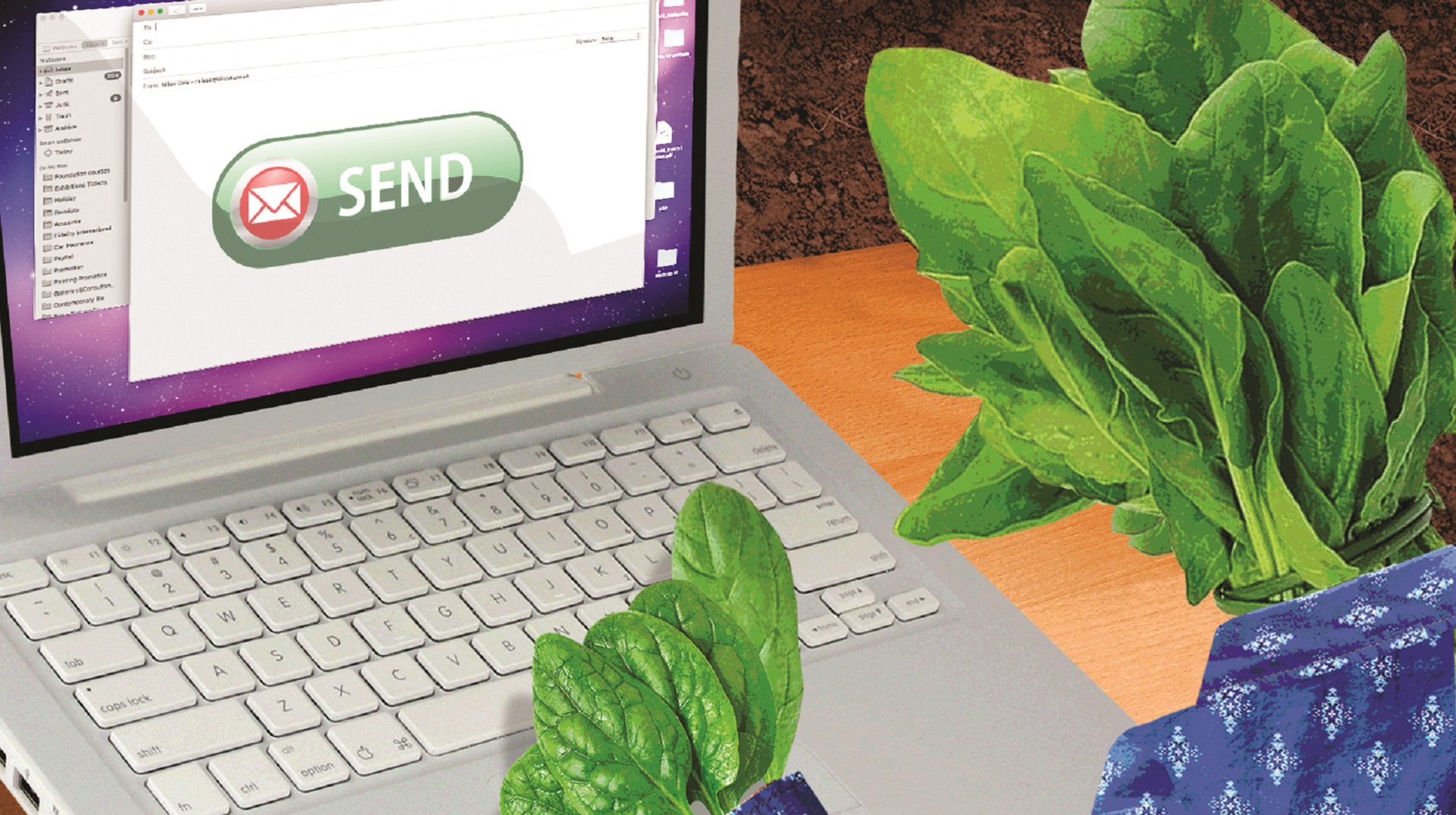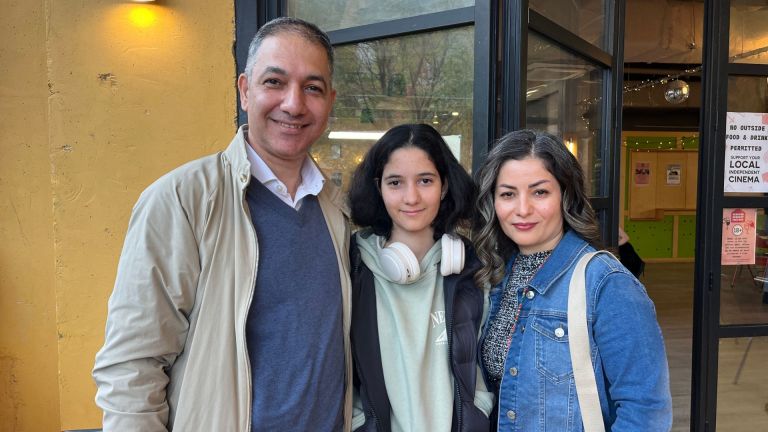The Daily Telegraph opted for a similar headline: “Spinach taught how to send emails in MIT study that could help warn of climate change” while Metro kept it simple with: “Scientists taught spinach how to send emails”.
There were reactionary reports too. The Huffington Post went for: “Spinach in your inbox: 2016 study on scientists ‘teaching’ spinach to end emails goes viral” with a focus on the widespread jokes and memes that the story had inspired.
Video game culture site IGN upped the ante with its effort. Its story added landmines into the mix – in case the other headlines weren’t quite sensational enough – as it wrote: “Scientists have taught spinach to send emails when they detect landmines”.
So is it true? Have scientists really taught spinach to send emails? Or are these headlines growing out of control?
Facts. Checked
Yes and no. While these headlines may conjure up a mental image of a spinach plant sitting at a laptop, pressing the keys and trying desperately to remember to attach a file or to avoid accidentally CCing in their boss, that’s not quite the reality here.
It’s fair to say that the headlines embellish the truth slightly and while the Huffington Post was good enough to point out that the study behind the story is five years old, others were less forthcoming.
Advertising helps fund Big Issue’s mission to end poverty
There is no computer involved here, and any sense that the spinach is sentient and firing off emails is sadly
farfetched. Some media outlets opted for a contrary take including Food and Wine’s headline: “No, spinach won’t be writing you an email”.
But the good news is that the science behind the story is incredible in its own right.
The 2016 study was published in the Nature Materials journal with the title: “Nitroaromatic detection and infrared communication from wild-type plants using plant nanobionics”.
But what does that mean?
Massachusetts Institute of Technology researchers tested whether they could use nanotechnology to turn spinach leaves into sensors to detect materials found in explosives.
They assessed whether spinach roots could detect nitroaromatics – a compound often found in explosives including landmines.
Advertising helps fund Big Issue’s mission to end poverty
Once they find the presence of the compound in groundwater, carbon nanotubes in the plant give off a signal which can be picked up by an infrared camera and scientists are then alerted on a regular smartphone.
MIT professor Michael Strano said the research was a step forward for communication between plants and humans and shed light on how plants transfer water through their roots.
Strano said: “Plants are very good analytical chemists. They have an extensive root network in the soil, are constantly sampling groundwater, and have a way to self-power the transport of that water up into the leaves.
“This is a novel demonstration of how we have overcome the plant/human communication barrier.”
The research is undoubtedly a step forward on the communication front but can you expect an email update from spinach dropping in your inbox any time soon? Not likely.
The story is a good example of how the headline doesn’t always tell the whole story. In this case it may be understandable that the headlines centred in on the prospect of spinach sending emails – but the details beyond that are perhaps even more extraordinary.
Advertising helps fund Big Issue’s mission to end poverty





